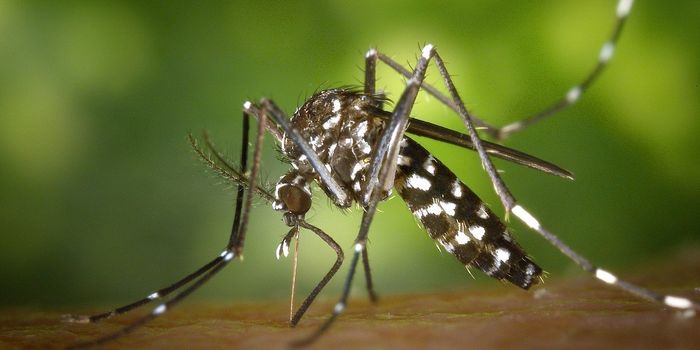Western Monarch Migration Near Extinction
Earlier this week, the Xerces Society for Invertebrate Conservation reported that the western monarch butterfly population that overwinters along the California coast has declined 99.9% since the 1980s. During the 24th annual Western Monarch Thanksgiving Count, volunteers counted only 1,914 monarch butterflies. The Xerces Society warns that this “critically low number” indicates that this monarch migration is nearing collapse.
According to the Xerces Society, an estimated 4.5 million monarch butterflies used to overwinter along the Pacific coast. In a press release from the organization, Xerces Society conservation biologist Stephanie McKnight said, “In only a few decades, a migration of millions has been reduced to less than two thousand butterflies.”
According to the press release, the leading causes of this alarming decline are the loss of overwintering, breeding, and migratory habitat in California, and pesticide use. The Associated Press reports that scientists specifically cite the destruction of milkweed habitat for housing expansion as a critical reason for this significant decline. Additionally, climate change-induced wildfires, which destroy or disrupt springtime wildflower fields and blossoming, may have impacted monarch migration.
The AP states that western monarch butterflies migrate south from the Pacific Northwest to California every winter, returning to the same areas and trees from previous winters. According to the AP, monarchs usually arrive in California at the beginning of November and move across the country as the weather warms up in March. The migration can expend up to 3,000 miles.
According to the Xerces Society, monarchs do not have the state and legal protections needed to protect further habitat destruction and degradation. Just this past December, the U.S. Fish and Wildlife Service declared that although monarchs warranted protections, they were not a priority. The Xerces Society states that monarchs were first proposed for listing under the Endangered Species Act in 2014.
Although monarchs lack federal and state protection, the Xerces Society, along with researchers and other conservation organizations, developed a Western Monarch Call to Action. If the five steps of this plan are taken quickly, the Xerces Society thinks that the population can recover. The short term, rapid-response actions are: to protect and manage overwintering sites in California; breeding and migratory habitat restoration in California; protection from pesticides; restoration and management of fall migration habitat outside of California; and providing answers key monarch research questions to aid recovery.
Sources: Xerces Society Press Release, Xerces Society Call to Action, AP









